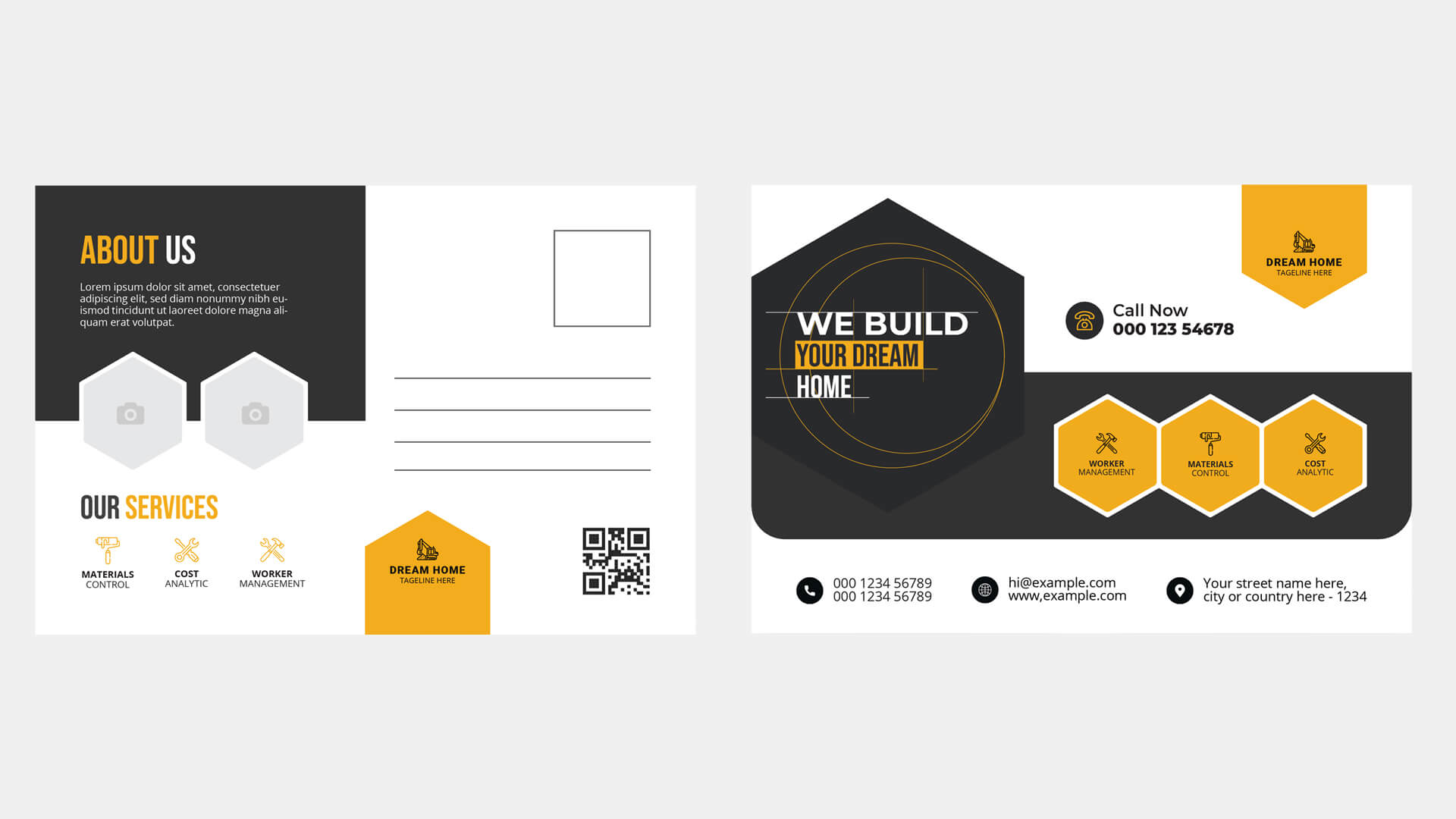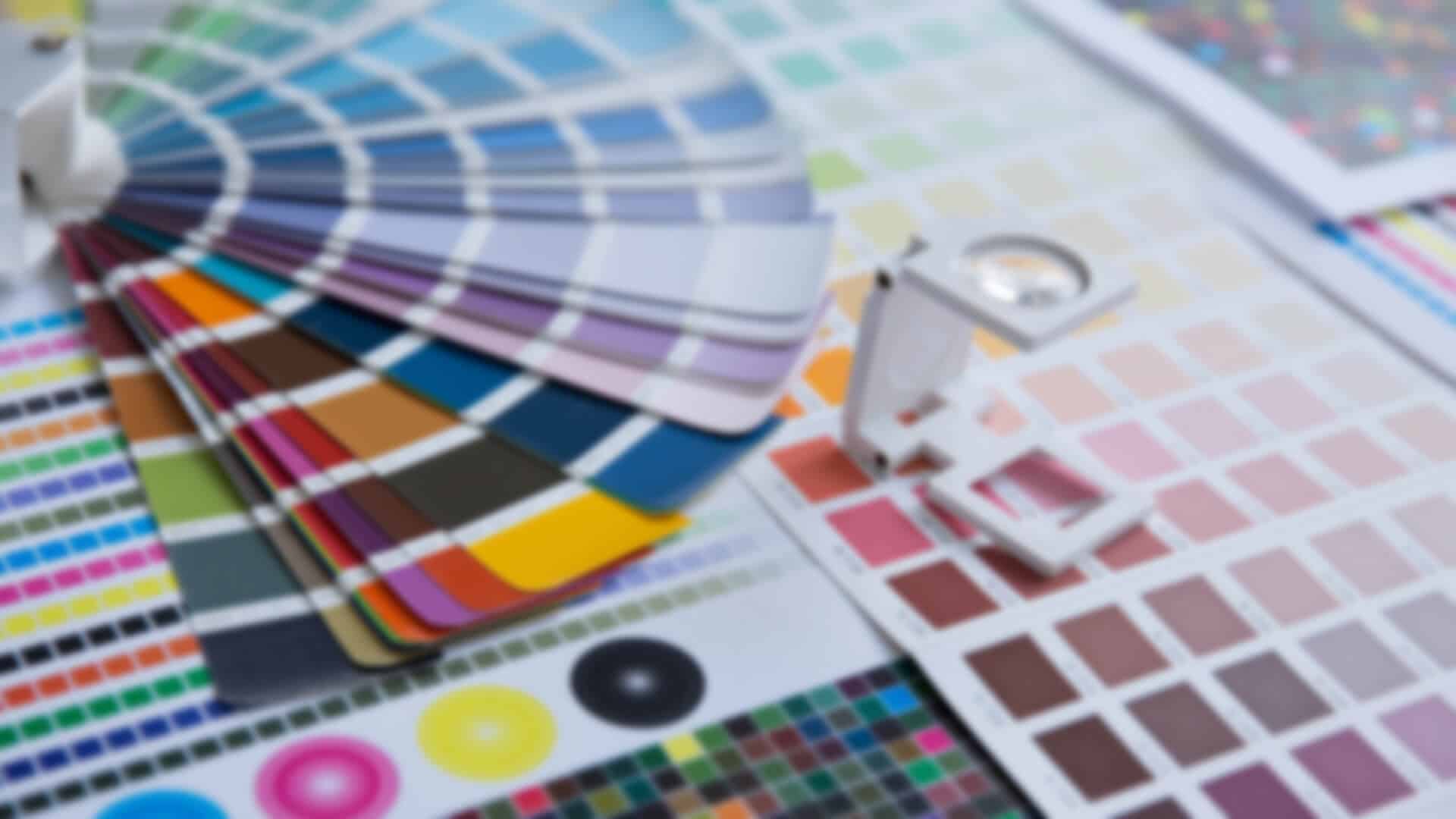Business owners and entrepreneurs want their printing projects to match the tone and aesthetic of their industries. In order for this to work, they have to choose the right paper for the final product.
While you might think paper size, stock, coating, and more is only an afterthought to the message and imagery used in your printing project, you’d be surprised to learn the importance of your paper selection. The better your choice in paper, the faster your project turnaround time and the stronger your results may be.
In order to help you make the right choice and get the results you need for your printing project, here’s a simple and helpful guide on the paper selection process!
Types and Uses of Paper
Bond Paper (20-28lb)
Bond paper is the most common paper found in offices and homes. You’ve likely used bond paper yourself for letterhead or for making copies.
Kraft Paper (20-70lb)
Made from wood pulp, the fully recyclable and durable kraft paper is used most often in grocery bags, packaging, envelopes, and more.
Text Paper (70-100lb)
Most books on your bookshelf are likely full of text paper. Because of its medium-range weight, it’s sturdy enough to be rolled for printing book pages. It’s also frequently used for flyers and handouts that may be passed between multiple readers.
Board Paper (90-110lb)
Posters and other large format printing projects tend to use board paper because of its strength and survivability. Board paper is ideal for marketers who want to be certain their printed project can be displayed for weeks or months at a time without fading, wrinkling, or tearing easily.
Cover Stock (50-120lb)
Also called card stock, cover stock is most commonly used in business cards and postcards. Some of the toughest paper, though maybe not as heavy on average as board paper, cover stock is great for smaller printed items that will be circulated.
Paper Coating Types
As ink dries, it often spreads in a certain pattern which can be properly controlled by the type of coating you use on your paper. Coated paper ensures that images and fonts are more vibrant, without streaking, smudging, or halo effects in the color.
Coating types include silk coating, matte coating, dull coatings, gloss coatings, and more. Your choice depends largely on the specific sheen you want each page to have. The stronger the coating, the more difficult it may be to write on, and can often be difficult for printers – like desktop printers – to accurately render images on the pages. If you’re uncertain of the best type of coating to use in your printing project, be sure to ask your custom printing provider for advice.
Paper Weight
When it comes to the weight of your paper, it all depends on the specific application of your printing project. Weight relates to the thickness of the paper, also called its density. If you hold up a plain piece of notebook paper to a lamp, the light from the bulb will shine right through the paper. However, a heavier piece of paper (think construction paper) won’t let any light through at all.
Paper weight is measured in three specific ways:
Density
Paper density is measured in grams per square meter, or GSM. This measurement is a universally recognized metric that can be found in the info of virtually all paper manufacturers.
Point
Point relates to the thickness of each sheet of paper. For instance, a 12 pt. sheet of paper is 0.012 inches thick, as point is measured in thousandths of an inch increments.
Pounds
If your paper selection is measured in pounds, the measurement isn’t referring to individual sheets of paper. Instead, pounds refers to the full ream of paper, which come in a variety of sizes. If you order a package of paper labeled as 24lb paper, that means 24 pounds per 500 pieces in its basis weight, and so on. Here’s a simple Paper Weight Conversion Chart for common sizes.
Conclusion
As you can see, depending on your specific project, you definitely want to make sure you choose the right paper. Otherwise, you might end up with something far too flimsy, or far more sturdy than you intended. When you set out to spread word about your business or provide a helpful guide to your products and services to potential customers, you should partner with a knowledgeable custom printing company who knows their way around all the different paper types, weights, and coatings out there.
For more information on paper selection for custom printing projects, contact the team at Linemark today.

 07/07/2021
07/07/2021  Steve Bearden
Steve Bearden


